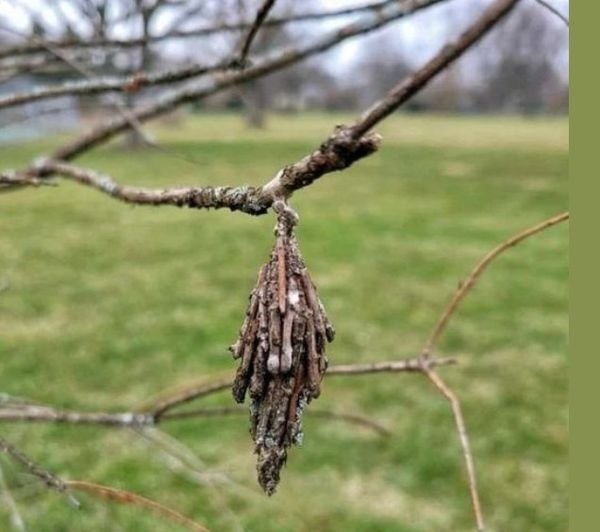
Evergreen Bagworms can wreak havoc on trees, causing them to lose their needles, which ultimately leads to the death of these magnificent evergreens.
The Evergreen Bagworm is not truly a worm, but rather a moth in its larval stage. These pests, known scientifically as Thyridopteryx ephemeraeformis, belong to the family Psychidae. They are named for the unique protective casing or “bag” they create around themselves using plant debris and a silk-like thread they produce. This bag serves as both a shelter and a camouflage, appearing as small hanging bags from tree branches.
Understanding their life cycle is crucial to effectively manage them. The cycle begins when the female moth lays eggs inside her bag, where they remain dormant throughout winter. By late spring or early summer, they hatch, and the larvae venture out to find host trees and start constructing their own bags. As these larvae grow and molt, the bags increase in size. By late summer or early fall, they are ready to pupate, transitioning from larvae to adult moths inside their bags. Once matured, the adult moths emerge, with wingless females remaining nearby while the winged males fly off to find mates.
Continue Reading in next page

